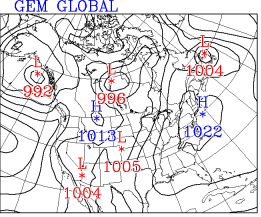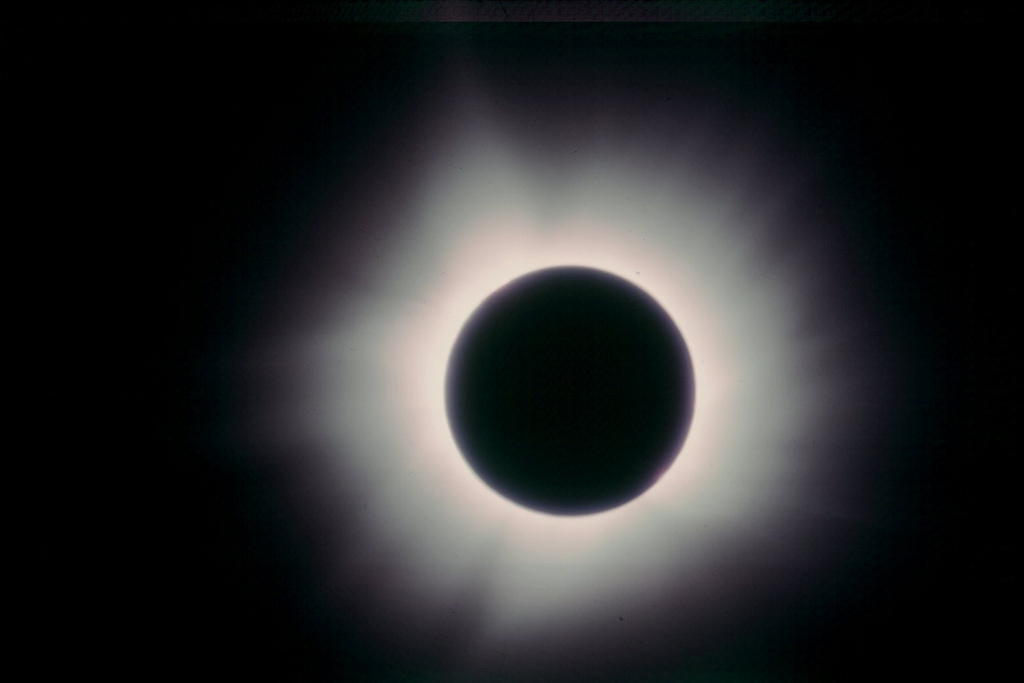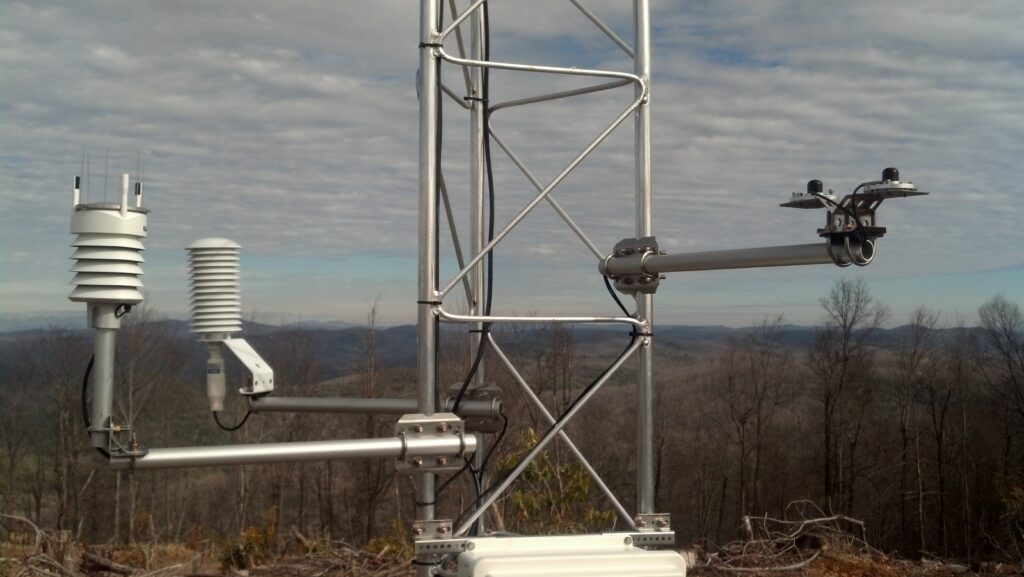Next Monday, a total solar eclipse will be visible from parts of North Carolina for the first time in more than 47 years. A little after 2:30 pm on August 21, skies will darken in the far southwestern part of the state for around two-and-a-half minutes.
Across the rest of the state, a partial eclipse will be visible as the moon blocks 88% or more of the sun at the peak, with the exact coverage depending on your location.
But just how visible will this eclipse be?

A Cloudy Climatology
A recent analysis from NCEI and CICS-NC found that historically on August 21, parts of the Carolinas only have a 40 to 50% likelihood of favorable viewing conditions unimpeded by cloud cover. A similar map from NASA paints a bleak picture, with much of the eastern US classified as “less likely” to have clear skies on the date of the eclipse.
We also looked at climatological conditions for the eclipse, examining the 3 pm observations for the week centered on August 21 over the past 15 years at airport-based locations, which report cloud coverage.
| Location | Hours with Mostly Cloudy Skies | Hours with Overcast Skies | Hours with Rain |
|---|---|---|---|
| Murphy, NC* | 28.7% | 12.8% | 9.6% |
| Asheville, NC | 36.2% | 18.1% | 16.2% |
| Greenville, SC* | 31.4% | 13.3% | 7.6% |
| Greensboro, NC | 38.1% | 7.6% | 6.7% |
| Charlotte, NC | 43.8% | 14.3% | 6.7% |
| Raleigh, NC | 55.2% | 9.5% | 8.6% |
| Columbia, SC* | 41.3% | 11.5% | 11.5% |
| Wilmington, NC | 28.6% | 4.8% | 21.9% |
| Charleston, SC* | 35.2% | 5.7% | 21.0% |
* denotes a location in the path of totality
Because some sites use human observers and others use automated ceilometers, comparisons between them can be a bit tough.
However, we still noticed several similarities by region, which largely agree with NCEI’s findings:
- Western sites, especially in the Mountains, are the most likely to have completely overcast conditions. At 3 pm during this part of the year, it’s about a 1-in-5 occurrence in Asheville, a 1-in-7 occurrence in Greenville, SC, and a 1-in-8 occurrence in Murphy.
- Piedmont locations such as Raleigh, Charlotte, and Columbia, SC, have the highest historical likelihood of seeing mostly cloudy skies, which occurs roughly one-third to one-half of the time.
- Areas along the coast including Wilmington and Charleston are hit-or-miss: they stand the best chance of having rain at that time of the day (about one-fifth of the time historically), but also the lowest chance of seeing fully overcast conditions.
Current Forecasts
Of course, this climatology is only an average — not a guarantee of this year’s conditions. One week out from the eclipse, weather forecast models are beginning to shed some light on the expected conditions next Monday, at least in terms of the large-scale pattern.
The American GFS, Canadian, and European model ensembles, which are averages of many different model runs with slightly different initial conditions, are hinting at a weak high pressure system building over the eastern US next Monday afternoon.

High pressure is usually associated with sinking air and a reduced chance of cloud cover, so if these forecasts hold, conditions could be more favorable than the climatology suggests.
Of course, a lot can change in a week’s time, and the forecasts will certainly become more accurate in the coming days. For updates, keep an eye on your local forecast from the National Weather Service.
Other Eclipses
When it comes to eclipse viewing, it’s tough to get much better conditions than we had for the total solar eclipse visible from eastern North Carolina on March 7, 1970.
The skies were clear when they fully darkened just after 1:30 pm on that Saturday afternoon. Temperatures were in the mid-50s, but they dropped during the nearly three minutes of totality and were as much as 8 degrees cooler at 2 pm than they were the previous hour.

If the weather isn’t as good for this eclipse or you’re otherwise not able to see it, the wait won’t be too long for another one visible from the United States. On April 8, 2024, a total eclipse will be seen from Texas across the Ohio Valley and parts of the Northeast, and on August 12, 2045, a total eclipse will be visible in parts of Alabama, Georgia, and Florida.
If you’re staying put in North Carolina, though, it will be a much longer wait. The next total solar eclipse visible from parts of our state, including Charlotte, Raleigh, Fayetteville, and Greenville, will be on May 11, 2078.
Follow Along with Us
If you won’t be in the path of totality for this year’s event, you can still join us in tracking the eclipse. During the College of Sciences Eclipse Day Celebration on the Brickyard at NC State next Monday afternoon, we will have a mini weather tower set up, and there will also be a weather balloon launch and eclipse glasses available — a must-have to protect your eyes, even when the sun is partially obscured by the moon.
We also have the unique opportunity to track solar radiation observations from our two ECONet stations in the path of totality — in Franklin, NC, and Sassafrass Mountain, SC — and from 38 other weather stations around the state that will experience different degrees of a partial eclipse.

With data at one-minute intervals, we expect to see radiation values bottom out as skies go dark around 2:38 pm. But will the values gradually drop off until then, or suddenly spike downwards at the onset of totality? And how much will the temperatures drop before, during, and after the total eclipse?
If you’d like to do your own data collection and help scientists better understand how an eclipse affects things like temperatures and insect activity, check out these citizen scientist projects from NASA.
Follow us on Twitter @NCSCO during the event and here on the Climate Blog in the weeks to come as we share our data and findings from this out-of-this-world event!
